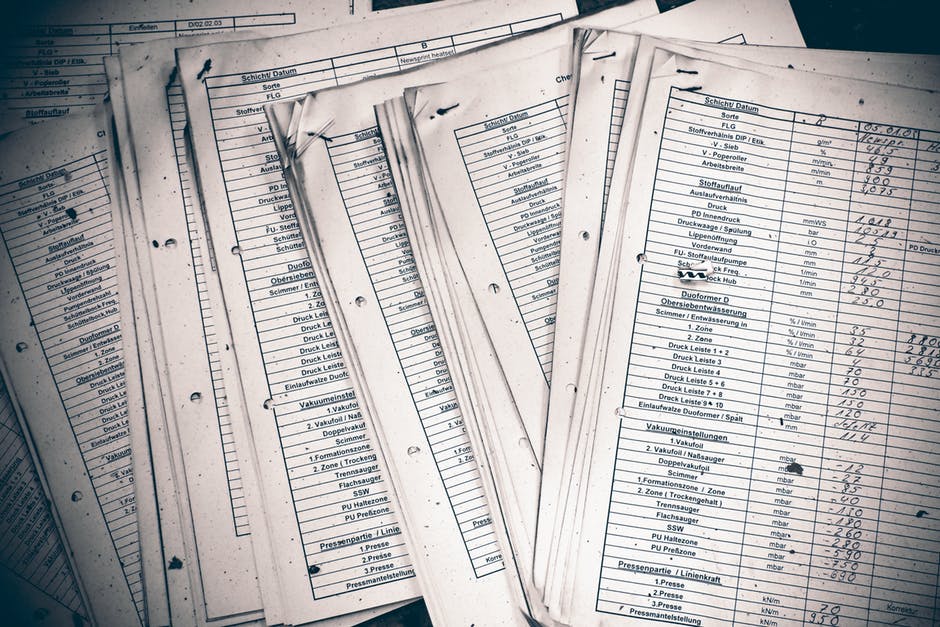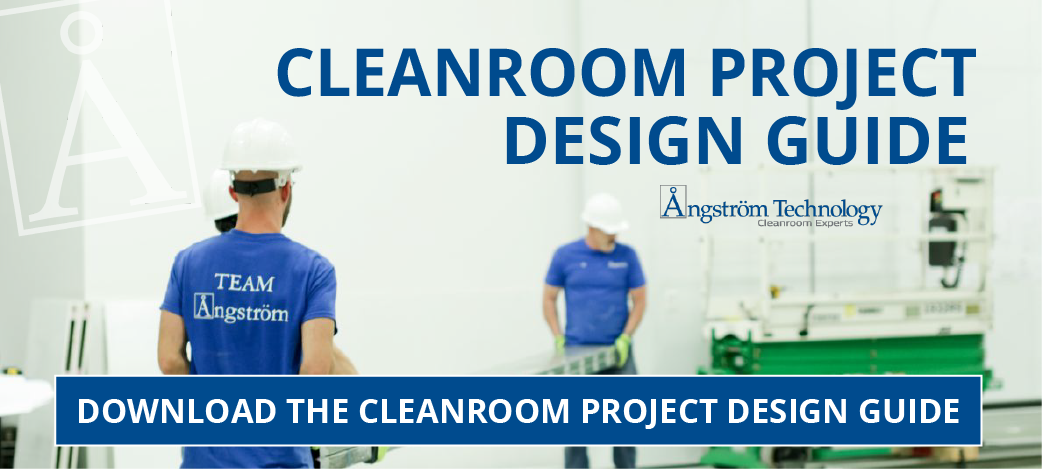
How Does Cleanroom Classification Affect Your Cleanroom Budget?
No matter what company you work for or in what application you need a cleanroom, you have a budget. If you own your own company, you likely have to figure that budget out for yourself, and if you’re commissioning a cleanroom on the behalf of your employer, you’ve probably been given a budget that you need to stick to. One of the biggest factors that will determine the budget for your cleanroom installation will be the cleanroom classification that your application has to comply with. For example, if you’re a medical device packaging company, your new cleanroom will have to meet an ISO 7 standard. These classifications differ based on industry and application and are defined based on the size and amount of particles allowed in an operational cleanroom. For a more in-depth look at how cleanroom classifications work, check out this page with a full chart on the requirements of each class.
It’s good to know that the classification of your cleanroom will definitely affect your budget in that the lower number classes, which are more restrictive and “cleaner,” are going to cost more than the higher number classes, say an ISO 8, which allows for a great deal of both small and large particulate. But how exactly does a more stringent cleanroom classification affect your budget, and in what specific ways will you see that when you get to the design phase?
It all starts with the three most important determining factors of each cleanroom class:
What size particles do you need to filter?
What sources of contamination you have?
What is the recommended air change rate for your cleanroom classification?
In understanding the answers to these three questions, it will be easier to see how cleanroom classification affects your company’s cleanroom budget. Let’s start with the size of particles:
Particle size
Each cleanroom classification level allows for a certain amount and size of particles in an operational cleanroom. Some classes don’t allow larger sized particles in, but aren’t as concerned with the smaller particles. Other classes, like an ISO 1, require that almost all particulate, of all sizes, are kept out of the cleanroom. Now, the size of the particles you need to keep out of your cleanroom will affect which filters you buy, and some filters are more expensive than others.
Where a small ISO 5 cleanroom might only need one or two heavy duty HEPA or ULPA filters, an ISO 1 cleanroom of the same size could need a great deal more filters. Not only are you buying higher quality filters, at that point, you’re also buying considerably more. The size and amount of particles that are allowed in your cleanroom affect the quality of filters and other technology you’ll need, with the most general understanding being the higher the filtration requirements, the higher the overall cost for your cleanroom will be.
Sources of contamination
Sources of contamination most generally refer to where particulate can get into your cleanroom. So, how many doors, and how many windows does your cleanroom need? Do you have to build all the cleanroom walls initially, or are you installing a cleanroom within an existing building? All of these considerations relate to your cleanroom’s sources of contamination. Depending on the classification of your cleanroom, you’ll have different sources of contamination to watch out for.
For example, if your cleanroom needs an air lock or a pass through chamber to ensure that employees and sterile supplies can get in and out of the cleanroom without contamination, that will add on to your overall cost. On the other hand, if your cleanroom is configured to only need one or two doors, your cost is likely to be lower. This is one aspect of cleanroom classification that you have a bit more freedom to work within your budget, as you often have the option to choose how many entrances you want, as well as if you plan on installing an air lock or pass through chamber.
Air change rate
Perhaps the biggest draw on your budget out of these three considerations, the required air change rate in your cleanroom will either drive the cost of your cleanroom way up, or bring it way down. Each ISO class requires a different exchange rate, from 750 air changes per hour, all the way down to just 5 changes per hour. The lower the number of air changes per hour, the cheaper your cleanroom is going to be, simply based on the amount of work your heating and cooling system will have to do. If your cleanroom needs 750 air changes per hour, that means that you’re drawing considerably more energy at a fairly constant rate, which will drive your costs up. What’s more, an HVAC system with the ductwork necessary to facilitate that amount of air changes is also likely to cost you, unless you already have an adequate system installed.
The bottom line is, a cleanroom with a higher standard is likely to cost you more. Because cleanrooms with stricter requirements require more advanced technology and a great deal more air and therefore energy, your company will need a larger budget to accommodate those needs. That doesn’t mean that you can’t build the cleanroom you need though. There are all kinds of ways to choose design options that can lower your budget, and cut costs on luxury items you don’t really need.
If you’re worried about building a cleanroom that sticks to the budget you have, be sure to contact the experts at Angstrom Technology. We’ve been designing and building custom cleanrooms for over 25 years and will deliver the cleanroom you need, at the price you can afford. To chat with us about how to meet your budget and your deadline, give us a call at 888-768-6900, or contact us online today!






